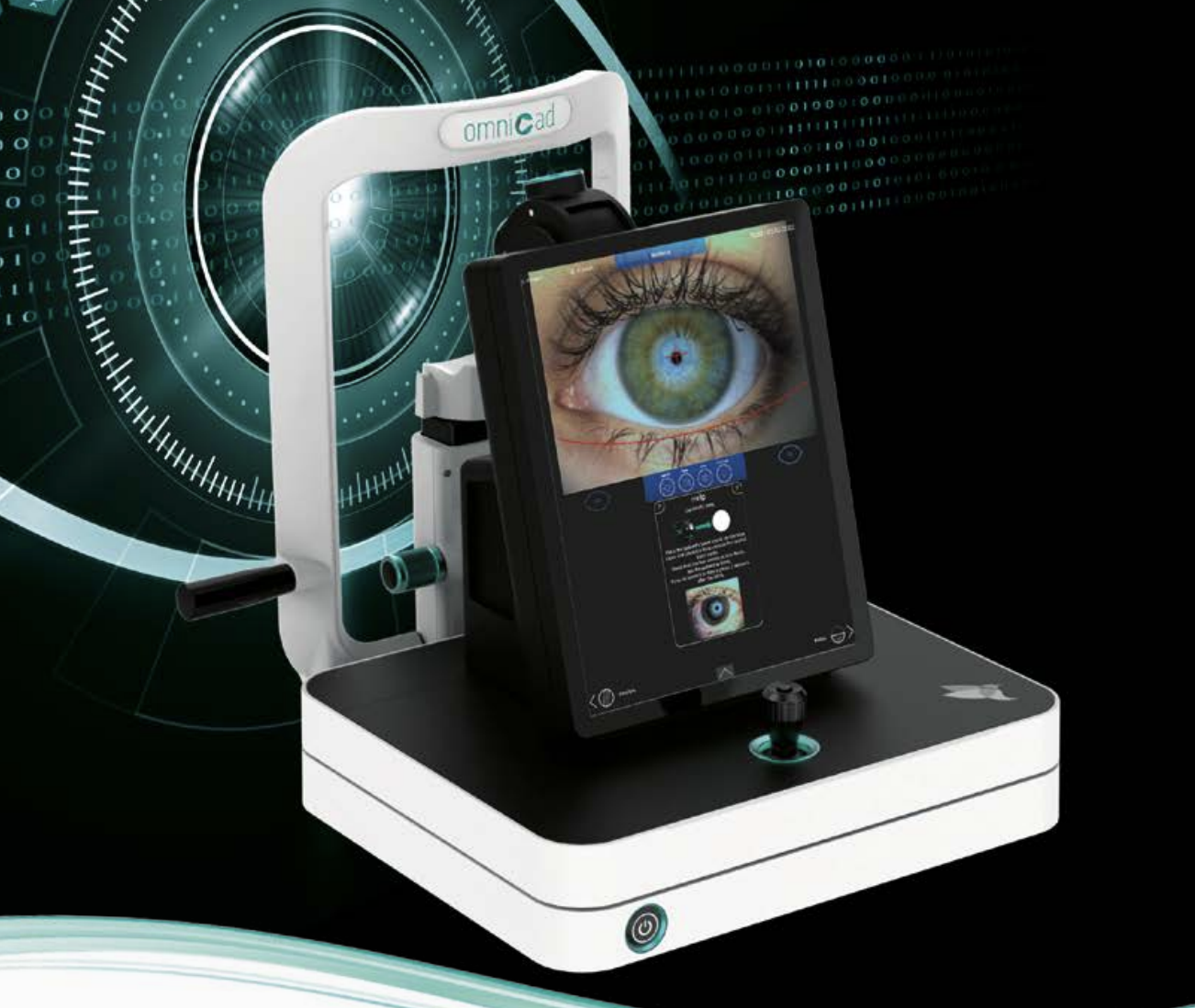When patients exhibit signs or symptoms of ocular surface disease, eyecare providers must consider a laundry list of differentials and metrics. A new imaging device called OmniCad, announced yesterday, aims to help streamline this diagnostic process by making use of onboard artificial intelligence tools, according to manufacturer Lumibird Medical. Equipped with a built-in algorithm based on more than one million images, the system automatically provides clinicians with detailed feedback on various ocular surface markers from the slit lamp, its developers say. Lumibird notes that the device may aid both pre- and post-OSD treatment assessments by evaluating blink, tear stability, lipid layer, tear meniscus and meibomian glands (through both standard and transillumination meibography).
The imaging system performs both color and fluorescein-enhanced imaging using a high-definition auto-focus camera, as well as a manual focus mode, the company says. OmniCad also incorporates various ocular surface questionnaires (DEQ-5, OSDI, SPEED) and grading scales (Efron, Oxford, Guillon, Pult) into the report, the product brochure notes.
Lumibird Medical offers three device configuration options for doctors to choose from: all feature a 15-inch color touch-screen display for the operator to use, one also includes a 10.1-inch secondary screen facing toward the patient for educational purposes and a third option bundles together the camera, both screens and a dedicated exam table.
For more information, visit www.lumibirdmedical.com.
 |
|
|


